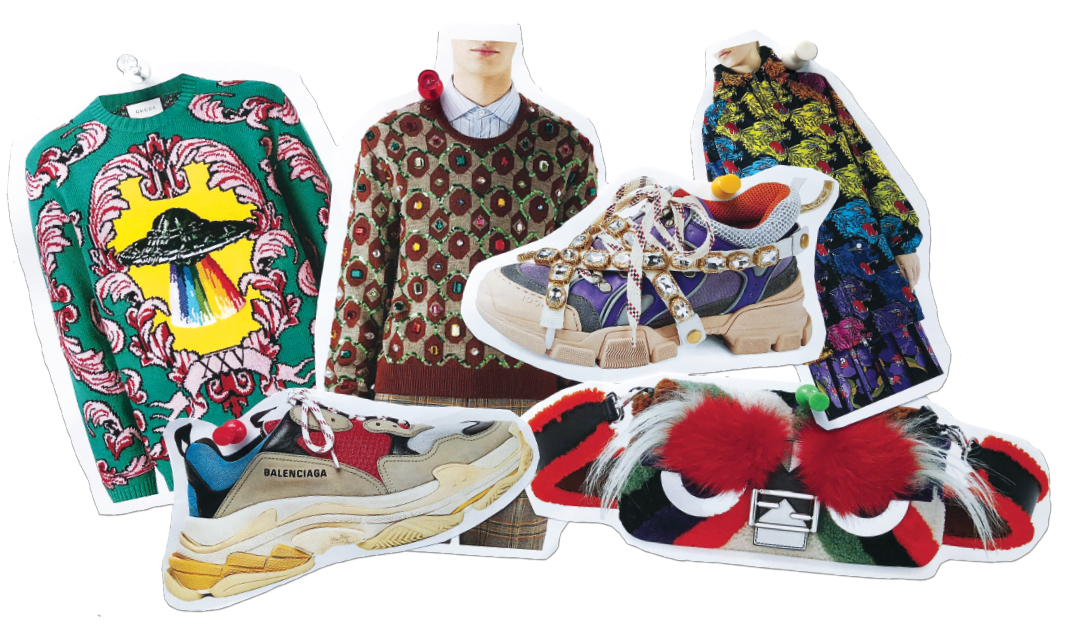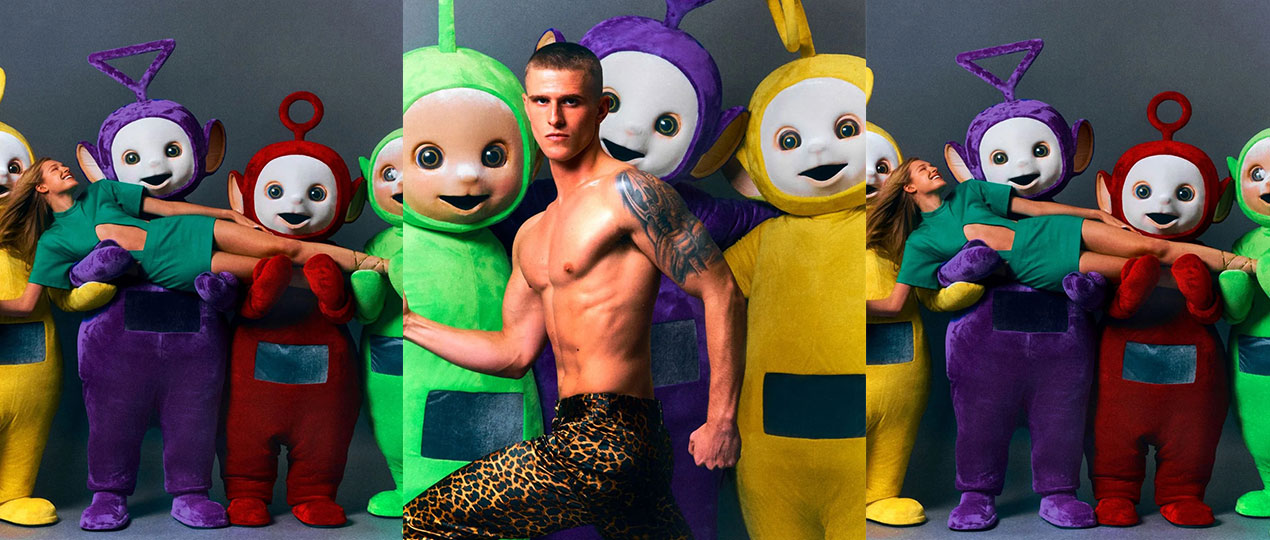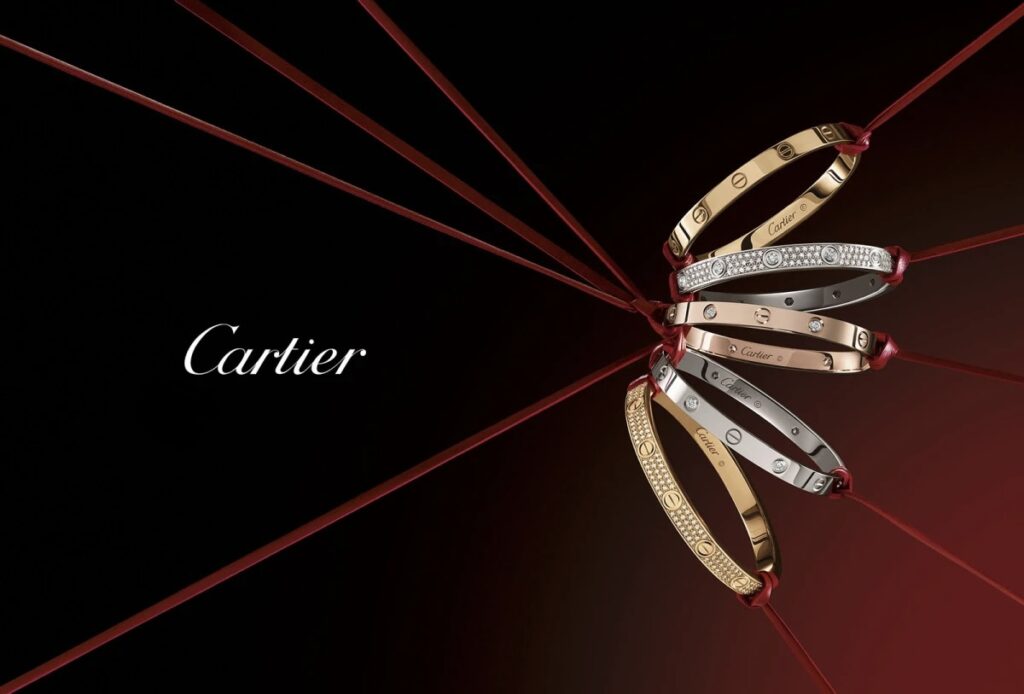INTRODUCTION
Period dramas like Bridgerton have made historical fashion look glamorous and appealing. Imagine stepping into a grand ballroom and several ladies in jaw-dropping gowns covered in lace and glittering fabrics swirl across the floor. Several empire waistlines? Their iconic designs transform each dress into a fairy-tale masterpiece. However, the costumes in Bridgerton are more than just clothing, they practically tell stories about each characters. Daphne Bridgerton’s several sweet as well as modest debutante dresses project an “innocent girl-next-door” image, on the other hand, for the Featheringtons’ attire is quite different. Their fashion is strikingly bold and wildly extravagant, exhibiting an unapologetically extra flair in every single look and we deeply love them for this audacious style. For fashion lovers, it’s a visually delightful feast; a dreamy, glamorous Regency era and each detail is fascinating.
Lately, historical fashion has made a serious comeback, thanks to period dramas sparking what’s now called “Regencycore.” Designers are obsessed with mixing vintage elegance, with modern twists. But as beautiful as this blend looks on runways and red carpets, it raises some pretty tricky legal questions in the world of fashion law.
Modern designers are all about that Regency revival, taking notes from history and giving them a chic, 21st-century twist. Corsets are back but with a comfy, everyday twist, empire-waist dresses are floating in with all the elegance, and delicate embroidery is suddenly the coolest thing around. Retailers are all about the Bridgerton vibe right now, with collections full of puff sleeves, soft pastel shades, and intricate details. It’s like a mix of old-school charm and modern style. Floral corsets and high-waisted skirts have become the go-to pieces, perfectly combining classic elegance with a fresh, modern feel. As people fall for these vintage-inspired looks, they’re also drawn into the rich stories behind them, realizing how heritage shapes who we are today. It’s where period drama glamour meets modern creativity, creating a stylish bridge between then and now.
Things get a bit messy when designers dip into history for inspiration. Cultural appropriation becomes a major issue when traditional designs are borrowed without giving credit where it’s due. Then there’s the challenge of protecting those classic styles while still keeping things fresh and fabulous. It’s a balancing act between honouring heritage and staying creative.
In this article, by taking a closer look at Bridgerton and other period dramas, we’ll see how fashion laws need to catch up with the challenges of mixing historical flair with today’s trends.
Cultural Appropriation vs. Appreciation
Period dramas love to mix up different cultural styles in their costumes, showing how people from different backgrounds interacted in history. For example, The Crown uses costumes that reflect Britain’s colonial past, including pieces from the cultures it once ruled. Shows like Pride and Prejudice and Bridgerton mix Regency fashion with small hints of the diverse cultures around them. But the tricky part is when these cultures are included without explanation or respect, it can come off as appropriation. If not done carefully, it can just feel like using someone’s culture as a trend, which can reinforce stereotypes and make it seem less meaningful. It’s important to strike a balance between showing cultural influence and respecting it properly.
These dramas have a big responsibility in how they portray cultural fashion. They can either teach viewers about the history and importance behind these styles or turn them into just another trend. If done right, they can really highlight how different cultures have influenced each other over time, which is a great way to promote appreciation. But if they’re not careful, they can end up pushing stereotypes and losing the real significance of these cultural elements.
Designers need to know where to draw the line between appreciation and appropriation by approaching cultural elements with care and respect. It’s crucial to understand the history and meaning behind these designs to avoid misrepresenting or taking advantage of those cultures. Working with artisans from the cultures being represented can lead to a more genuine exchange and help make sure cultural details are respected. It creates a real connection and helps avoid missteps.
Legal Protections for Traditional and Historical Designs
Fashion and culture go hand in hand, but it gets tricky when it comes to protecting traditional and old designs. Copyrights and trademarks just don’t do a great job of covering these unique creations, leaving important cultural expressions without proper legal protection.
IP laws are all about giving creators rights over their original work, but traditional designs don’t really fit into that system. In many places, these cultural expressions are treated as public property, so anyone can use them without asking permission or giving credit.[1]
In India, laws like the Copyright Act of 1957[2] and the Designs Act of 2000[3] offer some protection for artistic works and design elements. The issue is that these laws only protect the designs themselves, not the cultural stories they tell. So while saree prints can be protected by copyright and certain weaves like Kanchipuram silk have GIs, there’s no real protection for the beautiful draping styles unique to different regions. Since draping is seen as a process, not an artistic work, it just doesn’t fit into the legal framework.[4] Similarly, African tribal patterns have deep cultural stories and histories behind them, but there’s no solid legal system to protect them. Since traditional knowledge and cultural expressions aren’t treated as assets under the law, designers can freely use or rather, misuse these patterns without any consequences.[5] This gap clearly shows how flawed IP laws are, they completely miss the mark when it comes to recognizing and protecting the cultural heritage behind these designs.
To close these gaps, we really need better legal frameworks to protect cultural heritage in fashion. Designers should approach traditional cultures with respect and ethics, giving credit where it’s deserved and fairly compensating the communities involved. I think if the fashion industry works directly with artisans and includes their input in the design process, it can celebrate cultural diversity without taking from those cultures unfairly.
Bridging the Gap Between Glamour and Legal Responsibility
More countries are starting to realize that traditional designs need legal protection. There’s work happening globally to create systems that protect traditional cultural expressions (TCEs). The UN Declaration on the Rights of Indigenous Peoples (UNDRIP) highlights that Indigenous communities should control their TCEs, calling for laws that focus on collective rights instead of just individual ownership.
Some strategies can help to keep cultural heritage safe while letting designers do their thing. Designers should team up with the artisans and communities behind the designs they want to use. That way, the designs stay real and meaningful. When they bring in voices from the cultures themselves, they can make fresh, cool collections that are still respectful and true to the roots.
Creativity is all about inspiration, but when it comes to cultural elements, inspiration should come with education. Designers and production teams need to dig into the history and meaning behind what they’re using, because cultural symbols aren’t just cool aesthetics, they carry deep significance. The last thing anyone wants is to turn meaningful traditions into a fashion statement gone wrong. Workshops, seminars, and collaborations with cultural organizations can turn education into an exciting journey rather than a chore, ensuring that creativity comes with respect and authenticity.
If you’re using traditional designs, don’t just take them, give credit to the culture they come from. It’s about respect and making sure their history isn’t erased. And if the community is involved in creating the design, they should be paid fairly.
Concluding Remarks
Period dramas are shaping today’s fashion, inspiring designers to incorporate period details. Celebrating diversity through fashion is wonderful because respect is also important. Designers show deep respect for indigenous cultures by actively collaborating with these communities and diligently learning about their traditions. Geographic Indicators and similar protections preserve the special nature of many designs and encourage original expression. This considerate approach considerably improves fashion and improves our appreciation and comprehension of diverse cultures.
Sources:
[1] Brigitte Vézina, Curbing cultural appropriation in the fashion industry with intellectual property, WIPO Magazine (August 29, 2019). https://www.wipo.int/en/web/wipo-magazine/articles/curbing-cultural-appropriation-in-the-fashion-industry-with-intellectual-property-40880
[2] Copyrights Act, 1957, No. 14, Acts of Parliament, 1949 (India).
[3] Designs Act, 2000, No. 16, Acts of Parliament, 1949 (India)..
[4] Resham Mehta, Saree in Law, (December 31, 2021). https://baskaranslegal.com/blog/2021/12/31/saree-in-law/
[5] Supra note 1.
Author:
 Sidratul Muntaha is an academically driven fourth-year BA LLB student at GGSIPU, dedicated to excellence in legal research and writing. Sidratul’s interests span corporate and financial regulation, criminal justice, and the intersection of fashion and law, where she brings a unique legal perspective to a creatively dynamic industry.
Sidratul Muntaha is an academically driven fourth-year BA LLB student at GGSIPU, dedicated to excellence in legal research and writing. Sidratul’s interests span corporate and financial regulation, criminal justice, and the intersection of fashion and law, where she brings a unique legal perspective to a creatively dynamic industry.
















